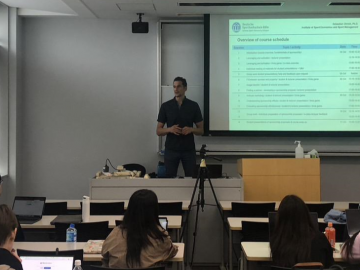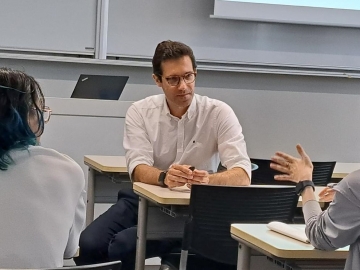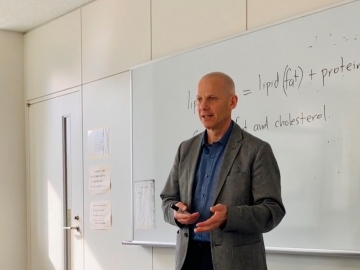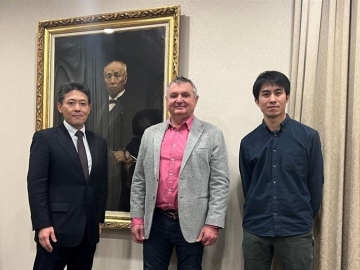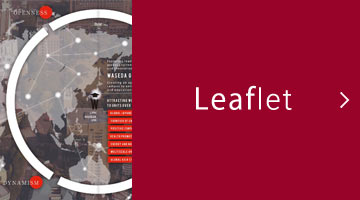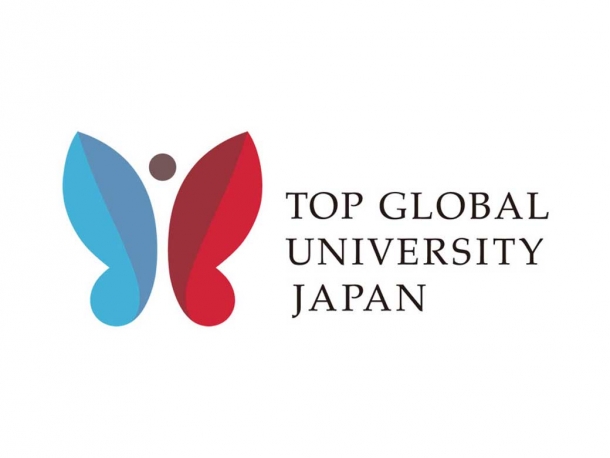Waseda University’s Top Global University project’s Health Promotion Unit invited Professor Zsolt Radak from the Hungarian University of Sports Science, Hungary, to give an intensive series of lectures (14 sessions) from January 6 to February 6, 2024.
Dr. Radak has taught exercise physiology, biological aging, training theory, and exercise biochemistry as a visiting scholar at universities around the world.
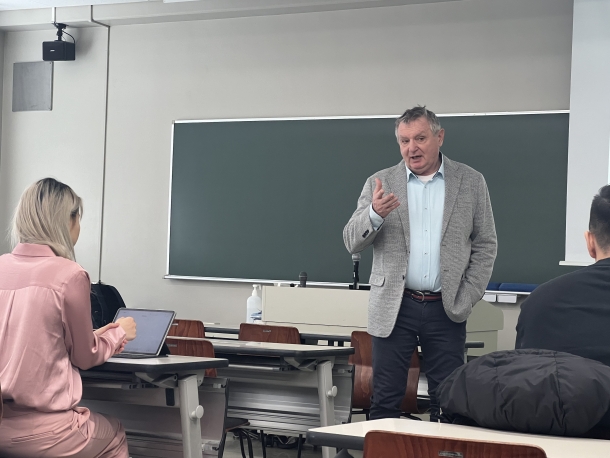
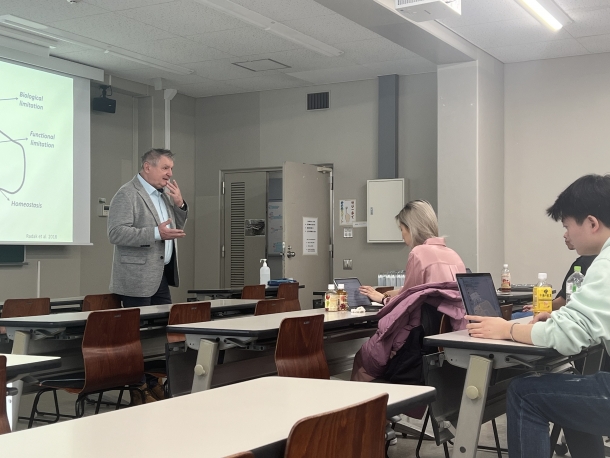
Dr. Radak previously visited Japan in 2019 and 2022 to give intensive lectures in person.
Although he was unable to visit Japan in 2020 and 2021 due to the impact of the pandemic, he delivered online lectures and conducted research supervision meetings to students from both Waseda and his home institution.
This was his fifth intensive lecture series for the Graduate School of Sport Sciences, and he gave the following 14 sessions (see Table 1).
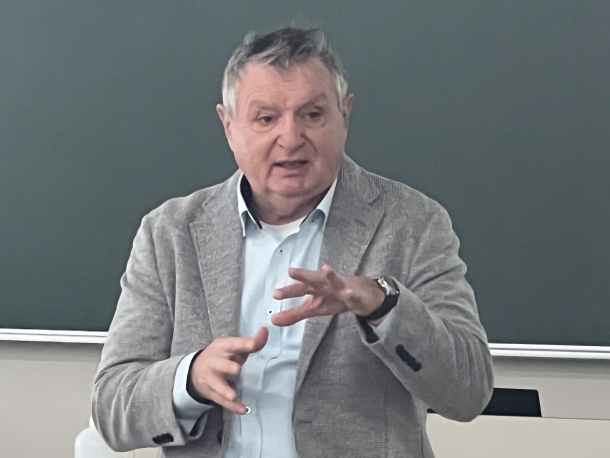
Dr. Radak tried to make the lectures interactive and made sure to provide every student in his class with a cheerful and positive learning experience. He also created an environment that brought the students closer by giving small talks about life off-campus before and after the lectures. He also carefully responded to questions from students during individual tutoring sessions. From the satisfied expressions on the faces of the students who attended, it was clear that this was another intensive lecture series with many fruitful outcomes.
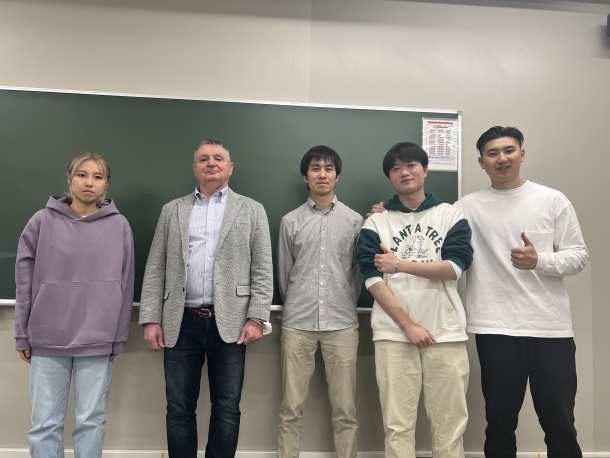
Group photo after all lectures finished
Table 1
| Dates | Lecture Topics |
| 2024/1/11 | Vol.1 General view of exercise-induced adaptation
-Exercise and homeostasis, acute and chronic adaptation Vol.2 Fatigue – Detailed mechanism of central and peripheral fatigue |
| 2024/1/12 | Vol.3 Recovery
– The relationship between fatigue and recovery and the type of recovery Vol.4 Cellular background of strength training – Fiber type, size principle, mechanism of muscle contraction |
| 2024/1/18 | Vol.5 Hormones and strength training
– Gender, age and intensity dependent hormonal response Vol.6 Methods of strength training – How to create muscle hypertrophy, explosive strength and strength endurance? |
| 2024/1/19 | Vol.7 VO2max and its limiting factors
– Adaptation of heart and skeletal muscle to endurance training and trainability Vol.8 The enigma of speed training – How and when should we develop speed? |
| 2024/1/25 | Vo.9 Regular exercise and prevention I
– The preventive role of exercise on cardiovascular diseases Vol.10 Regular exercise and prevention II – Exercise and cancer, what is the interaction? |
| 2024/1/26 | Vo.11 Regular exercise and prevention III
– Exercise and neurodegenerative diseases Vol.12 Regular exercise and prevention IV – Exercise and metabolic diseases |
| 2024/2/1 | Vol.13 Exercise and deceleration of aging
Vol.14 Summary – Supplementation, questions and answers |
Below is a report by a student who participated in this intensive course.
The Physiology and Biochemistry of Physical Training course provided students with an extensive exploration of the physiological and biochemical mechanisms underlying the effects of exercise on the human body. Over the whole course, students were exposed to a deep exploration of metabolic pathways for energy production, muscle adaptations to training stimuli, cardiorespiratory responses, endocrine regulation, and nutritional considerations, among other key topics. Led by Professor Radak, the class dynamic was enriched by his approachable teaching method and humorous lecturing style, creating an environment that was both intellectually stimulating and narrowed the distance between Professor and students. The breadth and depth of the course content presented challenges that encouraged students to think critically and fostered a deep understanding of the complexities in the physiological and biochemical responses to exercise.
Throughout the course, a diverse range of teaching methods was also applied to facilitate learning and engagement among students. From traditional lectures to interactive discussions and article sharing sessions, each method served to reinforce key concepts and encourage active participation. Prof. Radak’s ability to integrate theoretical knowledge with easy-to-understand graphs provided students with valuable learning experience, enabling them to apply concepts in real-world scenarios and deepen their understanding of the material. Moreover, due to a relatively small class size, the immediate question and feedback between the Professor and the students within the classroom was absolutely helpful for us to seek clarification on complex topics, further enhancing the learning experience and encouraging the exchange of ideas and perspectives critically.
As the course progressed, students gained a comprehensive understanding of how to optimize athletic performance and health outcomes through the application of physiological and biochemical principles. From designing training programs scientifically to implementing effective nutritional strategies, students were able to excel in their future careers or further studies in exercise physiology, sports science, and related fields. At the end, it was truly a great experience to be in Prof. Radak’s class.
(Jinghong Liu, master’s student)
